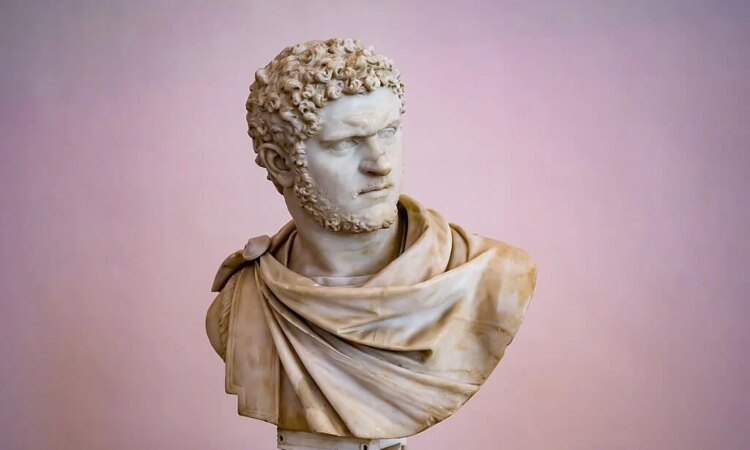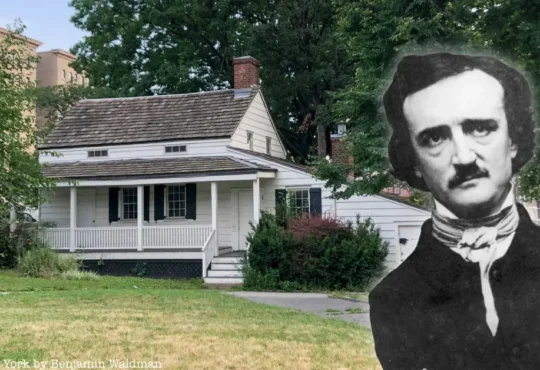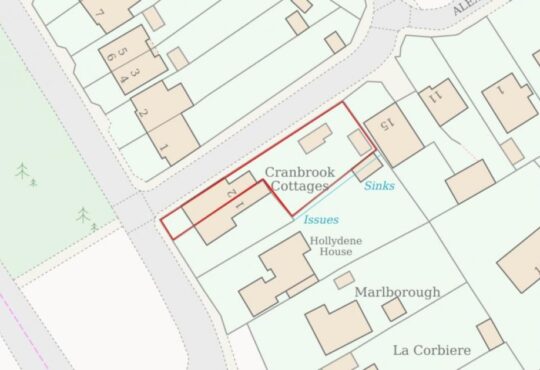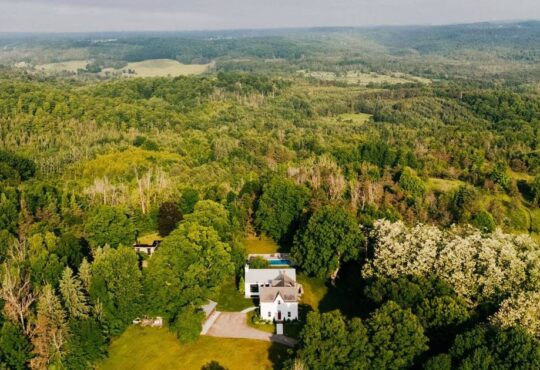

Authorities in Turkey have halted the demolition of an abandoned farmhouse in the southwestern province of Burdur after experts discovered marble blocks carved with inscriptions from a lost letter by Roman Emperor Caracalla.
The Burdur Museum Directorate intervened when experts found several marble blocks embedded in the structure’s walls. Earlier directives had already placed the stones under state protection as cultural heritage, requiring them to be handed over to the state for preservation.
The farmhouse, built in the 1950s in Yarışlı village, was constructed using marble blocks hauled by cart from the nearby ancient city of Takina. Ten of these stones have been reported by Turkish sources as bearing Latin text from an imperial decree issued by Emperor Marcus Aurelius Severus Antoninus — better known as Caracalla — who ruled the Roman Empire between 198 and 217 CE.
However, a closer examination of two stones reveals the presence of letters such as Π, used only in Greek and not in Latin alphabet, as well as the Greek name ΔΗΜΗΤΡΙΟΣ (DEMETRIOS) written in Greek.
Burdur’da 1950 yapımı bir evin inşasında kullanılan taşların, Roma İmparatoru Carcalla’nın mektubu olduğu ortaya çıktı. pic.twitter.com/ojM15vxe8B
— Haber (@Haber) October 28, 2025
A hidden imperial decree rediscovered
Archaeologists first alerted the museum in 1970, but recent decipherment revealed that the inscriptions form part of a lost imperial decree sent to Takina around 1,800 years ago. Researchers believe the slabs once belonged to a public monument, such as a city gate or administrative building, that displayed the emperor’s message for local citizens to read.
Takina, located on Lake Salda in the ancient region of Pisidia, had deep Greek roots before becoming part of the Roman Empire. The city flourished under both Hellenistic and Roman rule, blending Greek civic traditions with imperial administration.
Burdur’da bir evin duvarında kullanılan taşların, Roma İmparatoru Caracalla’nın 1800 yıllık mektubu olduğu ortaya çıktı. pic.twitter.com/un586DvoP6
— Boşuna Tıklama (@bosunatiklama) October 28, 2025
Researchers say the decree’s display on marble followed a Greek custom of inscribing official messages in public spaces — a practice that continued under Roman governance across Asia Minor.
Greek influence in Takina was evident in its architecture, temples, and necropolises, many built in the classical style long before the Roman conquest. Under Roman rule, these cities retained their Greek character while serving as administrative centers of the empire, often producing bilingual inscriptions in both Greek and Latin.
The villagers who guarded history
“These stones were brought by villagers from Asar Hill, and the house was built by my father-in-law,” longtime resident Ferhat Ağıl explained. “Twenty-two years ago a letter came from the museum saying, ‘If the house is demolished, do not lose these stones; they are entrusted to you.’”
📍 Burdur’da bir evin duvarında devşirme olarak kullanılan taşların, Roma İmparatoru Caracalla’nın 1800 yıllık mektubu olduğu ortaya çıktı.
Günümüzde kullanılmayan evin duvarlarında yer alan 10 adet taş Burdur Müze Müdürlüğü tarafından belgelenerek takibe alındı. Müdürlük… pic.twitter.com/ASNVcsqs2K
— arkeolojihaber ® (@arkeolojihaber) October 30, 2025
Ağıl said the marble blocks were carried by cart because few villagers owned tractors at the time. The mud-brick farmhouse, strengthened by the ancient marble, even survived a 1971 earthquake, Yeni Şafak reported. Though uninhabited today, its walls still bear Caracalla’s words — a rare survival of an imperial message hidden in plain sight.
Preserving the lost words of an emperor
The Burdur Museum Directorate confirmed that guards will continue protecting the site until the stones are safely removed for study. Experts plan to transfer the inscriptions to the museum for preservation and further analysis.
Archaeologists believe the find could shed light on how imperial decrees were distributed and displayed across Roman Anatolia. They hope future excavations in and around Takina will reveal additional fragments of Caracalla’s lost letter, offering a fuller picture of communication between the emperor and his distant provinces.
What began as a demolition has now turned into a rare archaeological rescue — uncovering a voice from Rome’s past, still echoing through the stones of a forgotten Turkish farmhouse.






